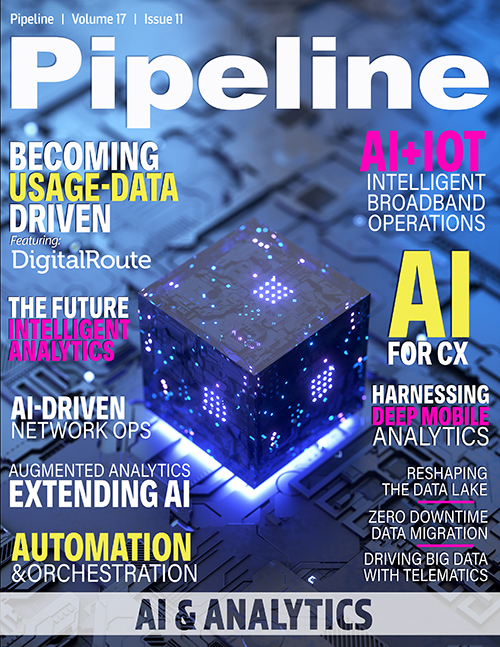Becoming Usage-Data Driven: A New Standard
By: Stephen Hateley

The world is shifting from one-time product sales to recurring sales of products and services as a subscription. Subscriptions are becoming the standard framework for the relationship between companies and their customers, across industries. For both B2C and B2B, we are seeing a massive shift to digital services, where customers only pay for what they use, simply because it’s a better deal for them. Customers see a direct connection between the price they paid and the value they received.
Recurring revenue models are more sustainable for a business as they build predictable revenue streams. Companies with usage-based business models are also proven to grow faster than companies with only flat-fee pricing. Flexibility in pricing and usage-based services allows companies to innovate and package new offerings that are easy to consume for the end customer, opening new revenue potential. Importantly, a subscription business model based on growing the number of users doesn’t scale, but a model based on charging for usage does.
Just as important, the shift from one-time sales to recurring engagement also brings companies closer to their customers. The ongoing pandemic is increasing the need to speed up digitalization to get better insights into customer needs. A data-driven approach is the heart of customer relationships in the subscription economy. Usage data is not only the basis for charging and revenue, but it also enables companies to understand their customers and provide personalized experiences.
At the end of the day, usership is also a more sustainable model for the world. For example, Volvo has launched a new brand called M, a mobility service company that enables customers to “stream cars like music.” The company states that every car from M removes eight privately owned cars from city streets. The service is a new revenue stream for Volvo and a much more sustainable model for the planet.
Soon, anything that can be sold and bought as a service will be. The question then becomes, what do you need to do to generate revenue from this shift? Essentially, companies will need to build the same robust and seamless order-to-cash process that we all experience when consuming mobile services.
Managing the unknown
There are a lot of opportunities and demand for usage-based pricing and anything-as-a-service business models. Customers love these kinds of services, and companies offering them are growing faster than others, while saving resources and reducing waste. So, why isn’t everyone offering them?
First, usage data is the core of any digital business model. Second, managing these business models is quite complex, especially if you sit on many disparate data sources and legacy systems built for selling products only once.
To innovate around new digital business models at scale, you need to be able to automate usage tracking, aggregate and analyze massive amounts of consumption data in real-time, and feed the clean usage data records into downstream systems to orchestrate upgrades, downgrades, cancellations, settlements, refunds, and so on. This involves many moving parts and lots of data.
The dirty data challenge
With any type of digital service, the accuracy of billing systems is reliant upon the quality of data they receive. It follows that every digital interaction taken by a customer will generate data, and when consolidated, it will form the basis of how that customer is billed.
Any inconsistencies, missing information or errors relating to the data flowing to revenue systems can lead to lost income and a poor experience for customers. But still, and too often, companies perform high-risk patchwork with manual processes or homegrown tools.
With the importance of accurate usage data in preventing revenue leakage, unnecessary exposure to erroneous data, overcharging and incorrect reporting, there is an alternative approach.



















